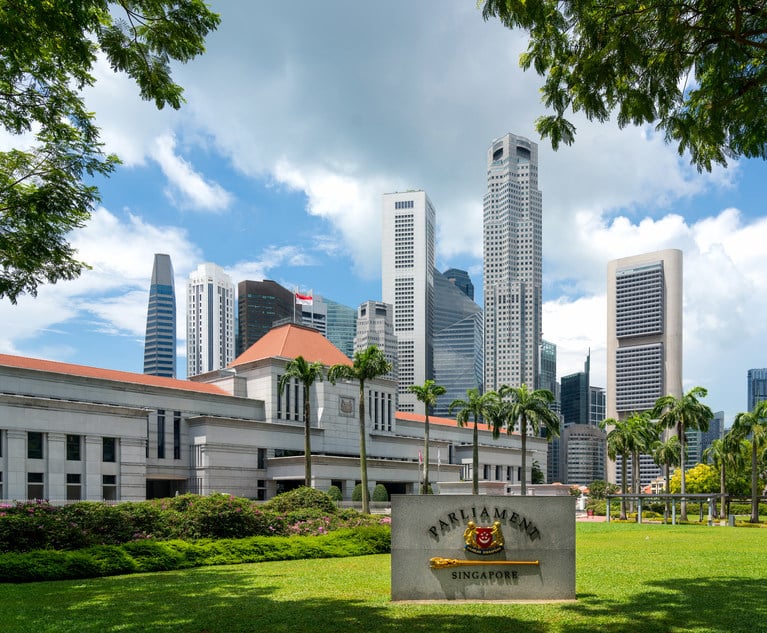From the dark days of the 1980s, a newly-confident Brazil has emerged. Alex Aldridge reports on one of the most hotly-tipped emerging economies and the lawyers scrambling to keep up
One of the most famous images of Brazil is a photograph of the border between the wealthy Sao Paulo suburb of Morumbi and the enjoining slum area Paraisopolis. On the Morumbi side is a luxury apartment block with an individual swimming pool on each of its generously-sized balconies, beneath which sit two well-maintained tennis courts. Over a wall are the corrugated iron roofs and sewer-less streets of Paraisopolis – or Paradise City – Sao Paulo’s second largest favela. Taken by local photographer Tuca Vieira in 2005, the picture is often used to illustrate the dysfunctional gap between rich and poor in Latin America, which, according to a recent report from United Nations’ agency UN-Habitat, is the largest of any continent, with the wealthiest 20% holding 56.9% of resources.








